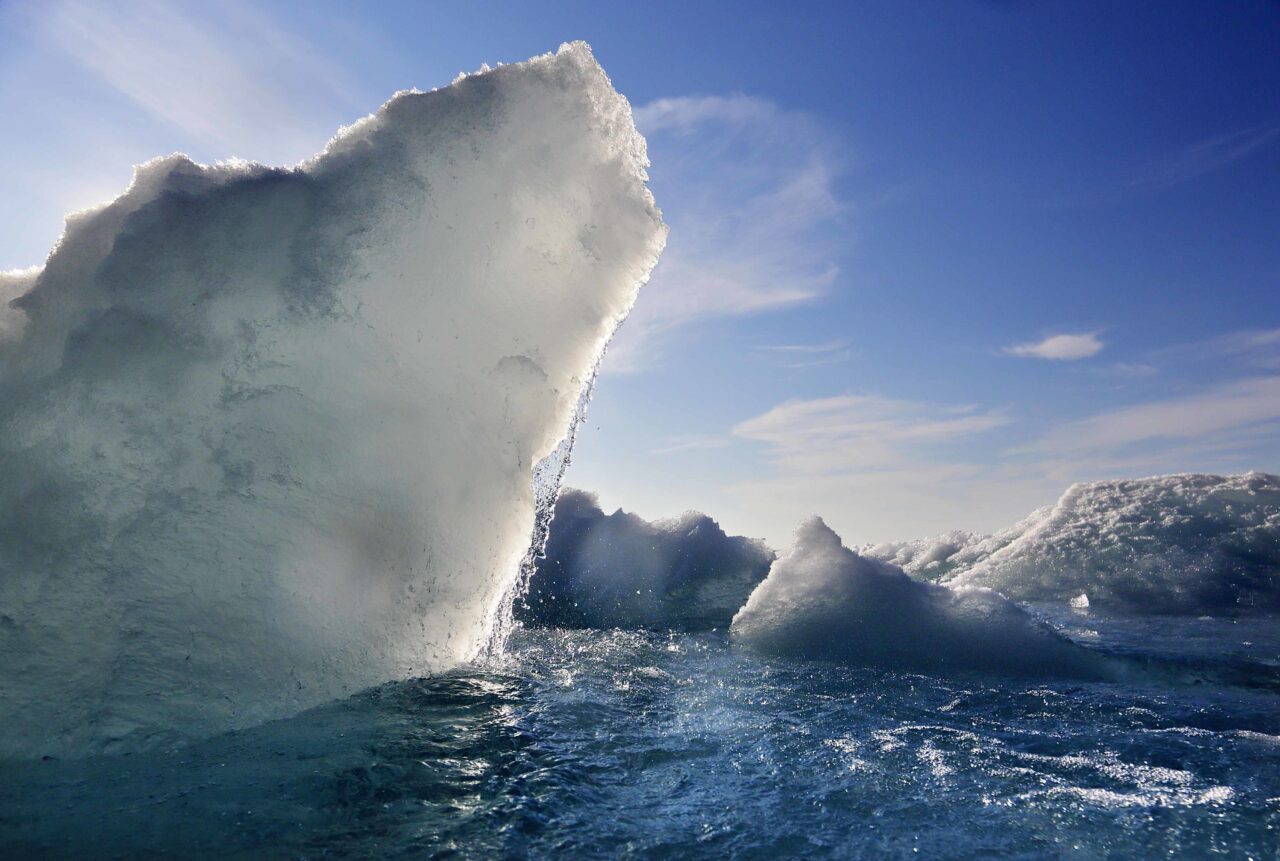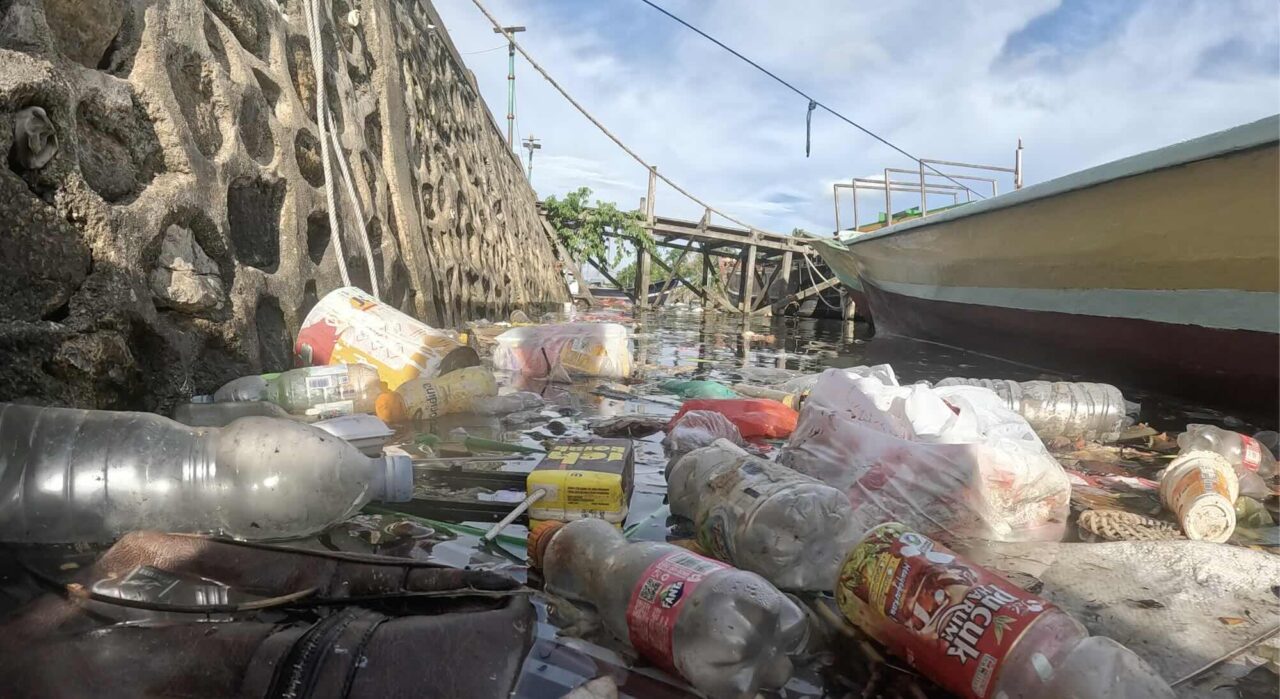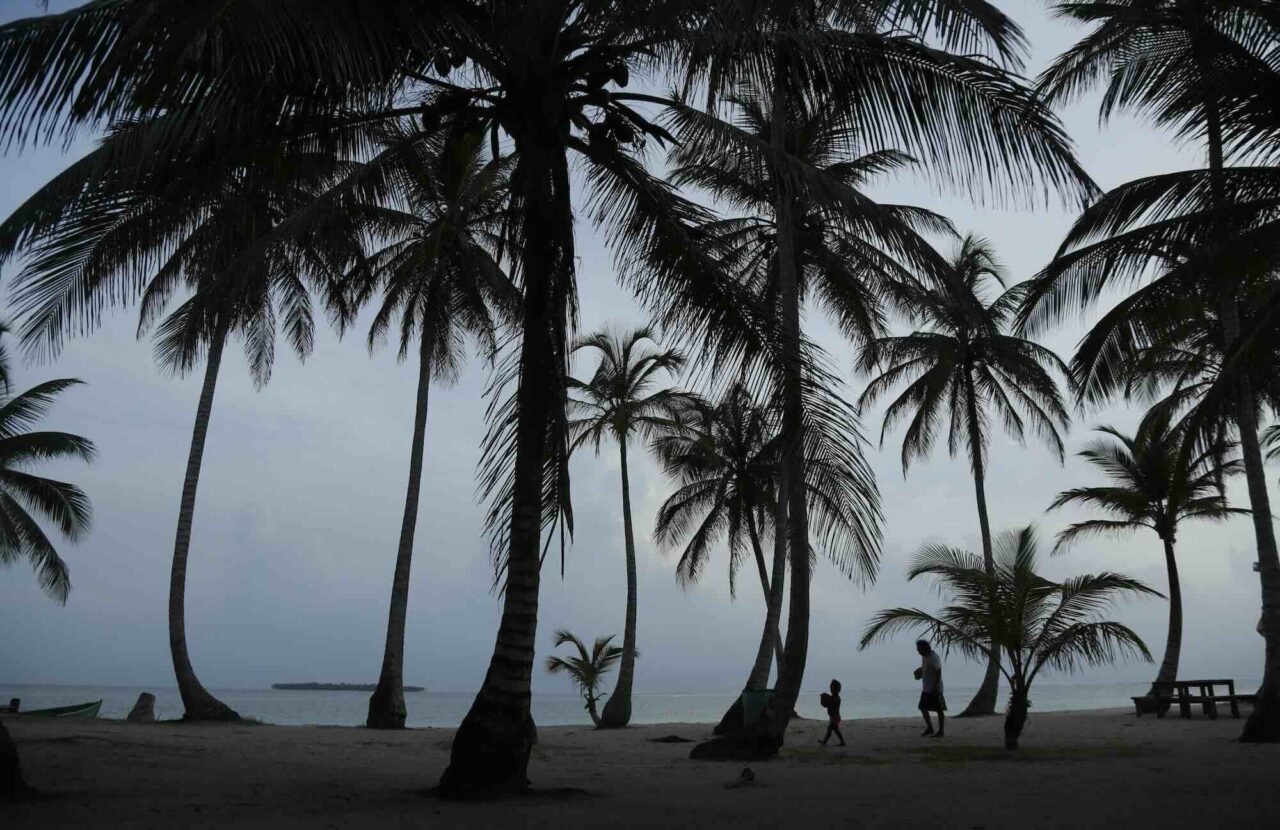Warning: Earth’s Water System out of Balance (TT)
More chaotic weather conditions are ahead. Last year, heatwaves caused the world’s rivers to reach their lowest levels in 33 years, while other parts of the planet were hit by floods.
– Water is becoming more unpredictable, says World Meteorological Organisation (WMO) chief Celeste Saulo.

2023 was the warmest year on record, driven by climate change and the transition between the La Niña and El Niño weather phenomena, according to a new report by the World Meteorological Organisation (WMO).
This has led to extreme weather – which impacts in different ways. The weather has become more unpredictable.
– We can describe it as an irregular hydrological cycle, leading to flash floods and severe droughts, said WMO Secretary-General Celeste Saulo at a press briefing.
Less water in rivers
A warmer atmosphere absorbs more moisture. As a result, some areas are drying up, while others are experiencing heavier rainfall.
In the majority of the planet’s rivers that are examined in the report, water levels are deviating from normal. In 45 percent of the rivers, less or much less water than normal flowed. Examples include the severe drought affecting South, North, and Central America, where the Amazon and Mississippi rivers were at record lows.
– 2023 was the warmest year to date, resulting in dry rivers, says Stefan Uhlenbrook, head of hydrology, water and the cryosphere (the frozen water) at the WMO.
In South America, which relies on hydropower, the low flows have affected electricity supplies.
– In Ecuador’s capital Quito, there are regular power cuts because there is simply no water in the reservoirs, he says.
Dams burst
Elsewhere in the world, water levels in rivers were unusually high. In Libya, heavy rains caused dams to burst with catastrophic consequences, leaving at least 4 700 people dead and 8 000 missing. From a Nordic perspective, Storm Hans caused more than 700 landslides in August 2023.
Rising temperatures are also taking a toll on the world’s glaciers, which lost more than 600 gigatonnes of water last year. They have not lost that much in 50 years. In some parts of Asia, the so-called water peak has been passed, as glaciers have simply become so small that the amount of meltwater from them is now decreasing.
‘It’s going to be very dramatic when the summer high water from the melting glaciers disappears, because there are no (ice) layers anymore,’ says Uhlenbrook.
The changes are here to stay, according to Saulo.
‘We clearly won’t be able to go back to normal, but what we can do is stop the acceleration we are seeing,’ she says.




